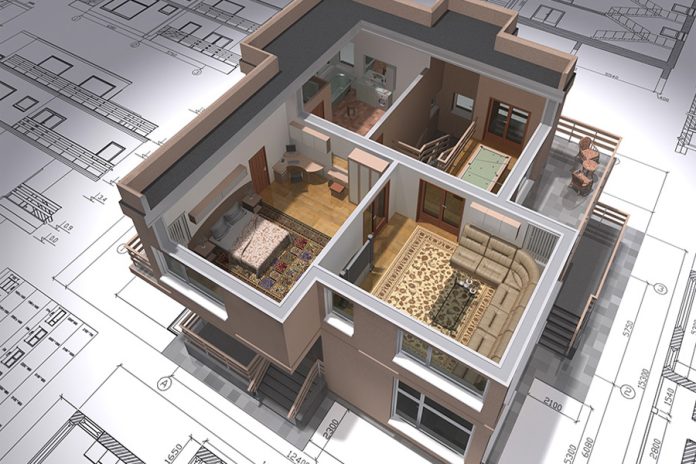
BIM Revit is a popular software program used in the construction industry that helps in the creation of virtual building models. This tool is critical in maximizing energy efficiency and sustainability in buildings, and it is important for architects, engineers, and builders to understand its full potential.
In addition to the benefits discussed above, BIM Revit can also help in reducing construction costs and improving productivity. By creating a virtual model of the building, it is possible to identify any potential clashes or issues before the construction process begins.
This helps in reducing the number of change orders during construction, which can be costly and time-consuming. Additionally, the software allows for more efficient collaboration between different professionals in the construction industry, which can improve productivity and reduce project timelines.
BIM Revit is also important in meeting regulatory requirements related to energy efficiency and sustainability. Many countries have regulations in place that require buildings to meet certain energy efficiency and sustainability standards. By using BIM Revit, it is possible to design buildings that meet these requirements and avoid penalties or fines.
Introduction to BIM Revit
Building Information Modelling (BIM) is a process that involves creating and managing digital representations of physical and functional characteristics of a building. It is a collaborative approach that allows different professionals in the construction industry to share and manage information about the building design and construction process. BIM Revit is a software program that is widely used in the industry for creating virtual building models.
Using BIM Revit for Energy Efficiency
BIM Revit can help in achieving energy efficiency in buildings by providing information on the building’s energy performance. The software allows designers to simulate different building systems and compare their energy performance. This helps in identifying the most energy-efficient systems for a particular building. Additionally, BIM Revit can be used to conduct energy analysis and modeling to determine the energy consumption of the building.
BIM Revit can also help in the selection of materials that are energy-efficient. The software allows designers to compare different materials based on their environmental impact and energy performance. This helps in selecting materials that are sustainable and energy-efficient.
Using BIM Revit for Sustainability
BIM Revit can also help in achieving sustainability in buildings. The software allows designers to create 3D models of buildings that can be used to assess the environmental impact of the building. The models can be used to analyze different sustainability factors such as the building’s carbon footprint, water consumption, and waste production. This information can then be used to optimize the building’s sustainability performance.
BIM Revit can also be used to design buildings that are adaptable to future changes. The software allows designers to simulate different building scenarios and determine the impact of future changes on the building’s sustainability. This helps in creating buildings that are flexible and adaptable to changes in the environment.
Conclusion
BIM Revit is a powerful tool that can help in achieving energy efficiency and sustainability in buildings. It allows designers to simulate different building scenarios and select the most energy-efficient and sustainable systems and materials. The software can also be used to optimize the building’s sustainability performance and design buildings that are adaptable to future changes. With the help of BIM Revit, architects, engineers, and builders can create buildings that are not only efficient and sustainable but also adaptable to future changes.








